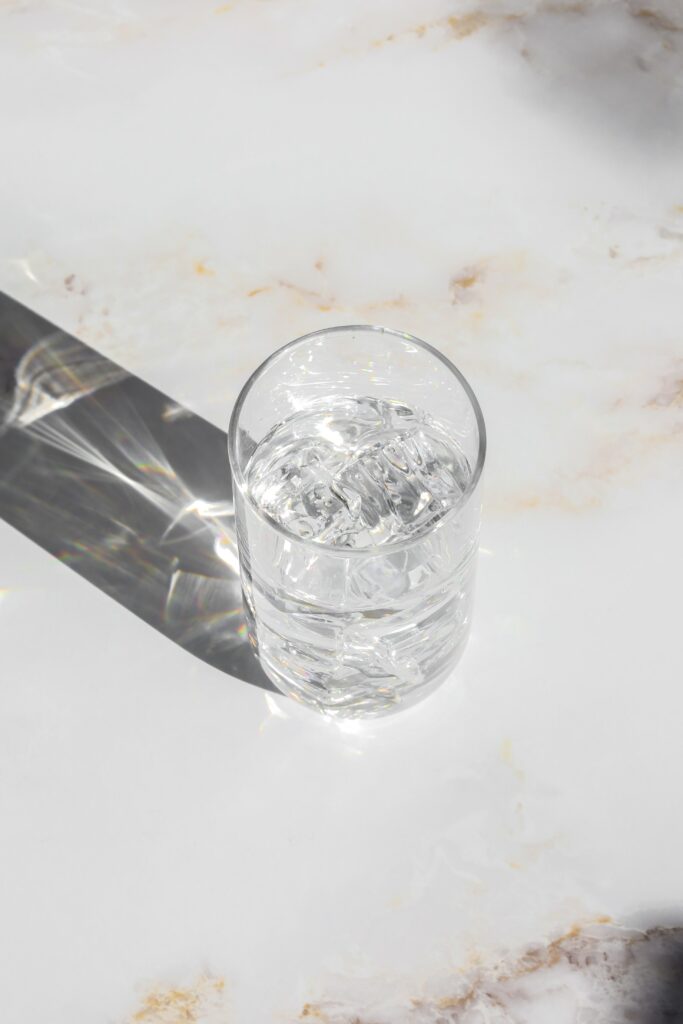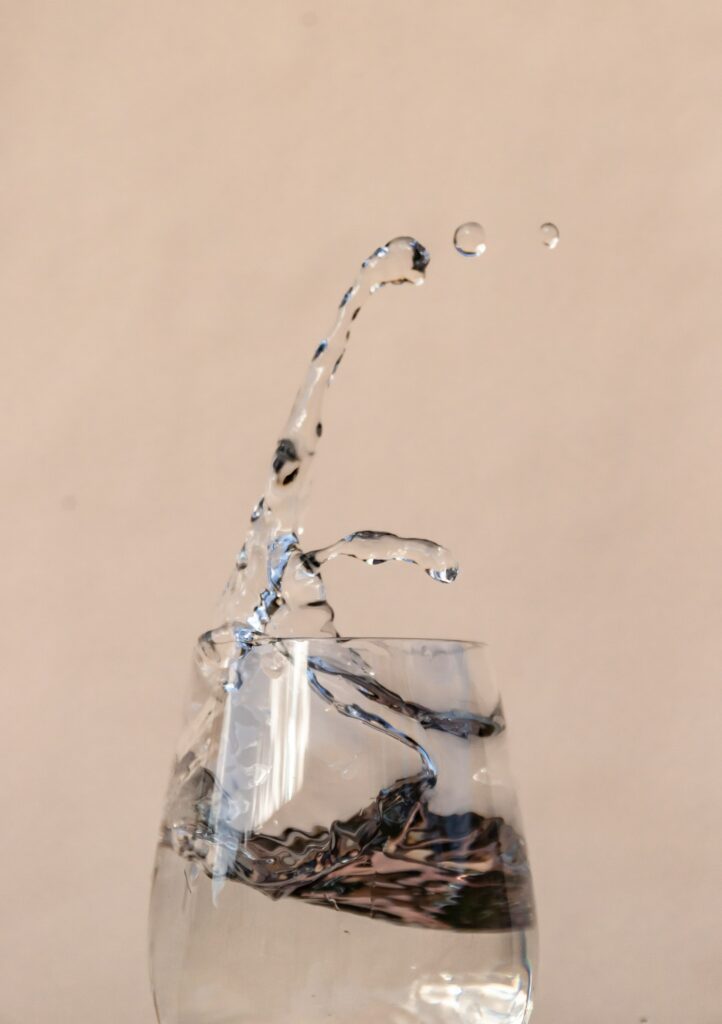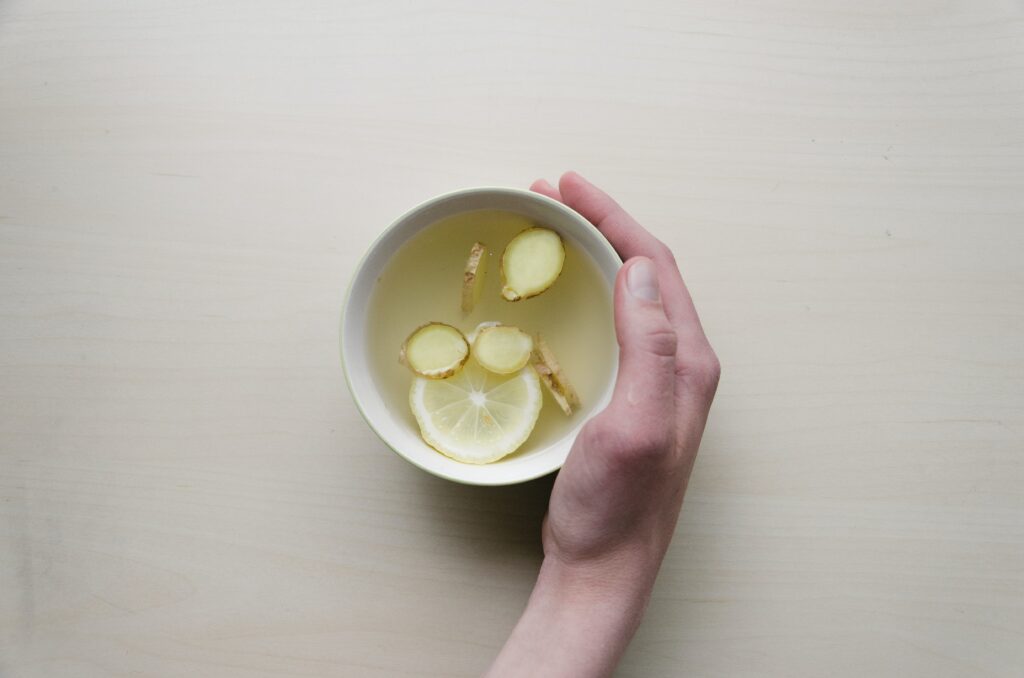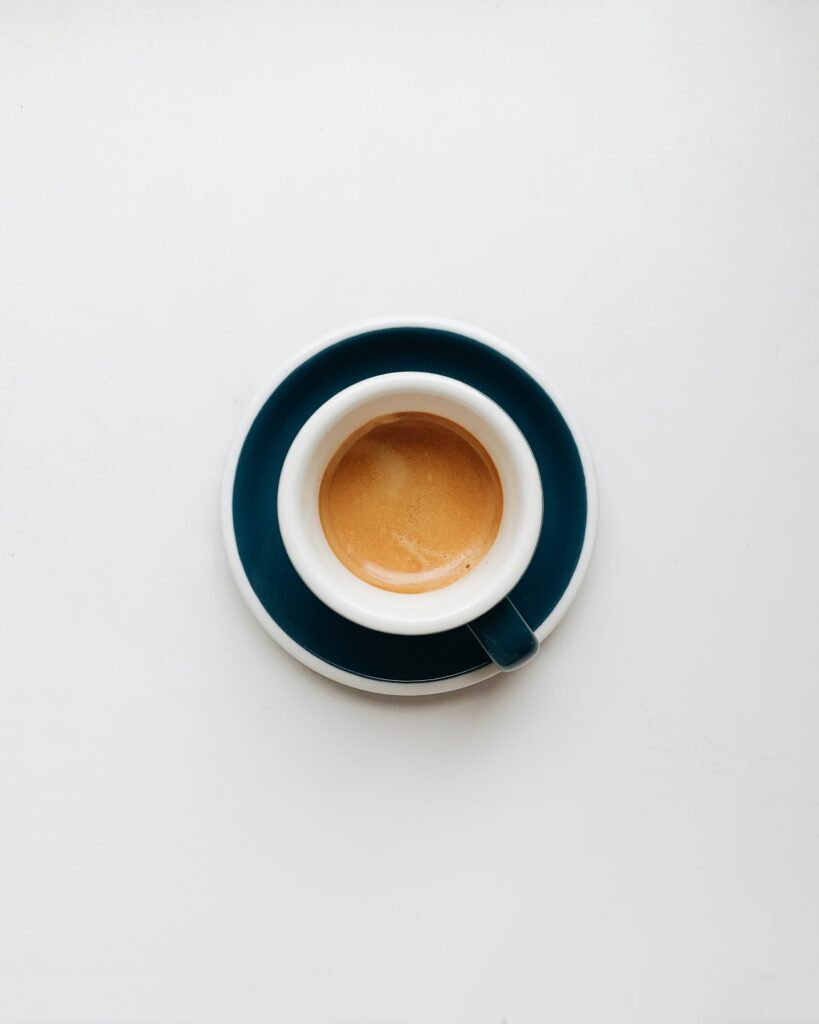Are you drinking enough (filtered) water? And how do you know? That old-school 8-glasses-a-day rule isn’t so simple. Ultimately, being properly hydrated is essential for joint, skin, and immune health. Water is also required for blood sugar balance, mental agility, preventing kidney disease, and so much more. Everything from food intake to activity level, sleep quality, the weather, and alcohol consumption play a part in how much water is right for you! Let’s dive into all things hydration—including telltale signs you’re dehydrated—and how water impacts blood sugar.

How To Tell If You’re Properly Hydrated
One of the easiest ways to tell if you’re properly hydrated is by the color of your urine. Your urine should be very light yellow. In terms of frequency, you want to go every 2-3 hours (minimum). If you live in a dry state, like Colorado, or a very humid place, you’re likely going more frequently—given that you’re drinking more water to counteract your specific climate! Furthermore, symptoms like dizziness, fatigue, intense food cravings, generalized weakness, and dull skin are all signs of dehydration. Using your body’s feedback can help you make changes to meet your hydration goals.
Why You Should Drink Filtered Water
When possible, choose filtered water. Water filtration removes water impurities and dangerous contaminants—i.e. chlorine, disinfection byproducts, and heavy metals (mercury, lead, and arsenic). At the same time, most water filters ensure that important minerals such as magnesium, fluoride, calcium, and zinc are retained. Tap water also retains more bacteria and other toxins that the body doesn’t need. While this filtration system is expensive, it’s worth the investment! Otherwise, here’s a more economical water pitcher. Want to know what’s in your tap water? Click here. Knowledge is power.

Hydration And Blood sugar
Did you know that proper hydration plays a significant role in supporting normal blood sugar levels? And normal blood sugar levels are key for everything from avoiding the afternoon slump to keeping hormones balanced. Water is essential for the transportation of glucose to your cells. In other words, when you’re adequately hydrated, your body can effectively transport glucose to where it needs to go (to your cells for energy!). Furthermore, staying hydrated can assist in preventing dehydration, which can lead to elevated blood sugar levels. Moral of the story: by maintaining proper hydration, you can support healthy blood glucose levels and promote overall metabolic health. A win-win.

3 steps to proper hydration
When it comes to drinking enough water, you want to be mindful of your sodium intake, take advantage of water-rich foods, and consider incorporating a water tracking app.
1. take inventory of your Sodium Intake
Did you know that—on average—Americans consume nearly 50% more sodium than the recommended max of 2,300 mg of sodium per day? Although we need sodium in our diets to contract and relax muscles, maintain the proper balance of water and minerals, and more, too much sodium can put our kidneys into overdrive. In turn, this pulls fluids from other areas of the body to balance levels. Ultimately, this dehydrates us. To be more mindful of your sodium intake, check packaged food labels. When possible, opt for low-sodium versions of salty foods (i.e. soy sauce) as well as freezer meals.
2. Use Water-Rich Foods To Hydrate
When you think of quenching your thirst, what comes to mind? Sipping on a cold glass of ice water? Chugging a (low-sugar) sports drink? While these are sources of hydration, don’t forget that solid foods also provide water. In fact, the word “carbohydrate” itself has hydrate in it. Research shows that we actually get about 20% of our water intake from food sources. So, nosh on water-rich foods like watermelon, broccoli, tomatoes, grapefruit, cucumbers, bell peppers, and strawberries. Amp up your hydration with colorful, energizing carbohydrates, rather than load up on dehydrating foods.
3. Track Your Water Consumption With Tech
If you haven’t ever tracked your water consumption, it’s worth the exercise for a few days. On a day that you drink more water, you may notice fewer food cravings and more energy. On a day you drink less, you may notice more sluggishness, including the afternoon slump. To begin, track your water consumption by noting it in a journal or using a marked water bottle. Both of these options can help you hit generic water goals. If you want to take things one step further, consider using an app to track your progress. Enter: HidrateSpark, Rebo, and Pül. Sometimes, we all need a virtual tap on the shoulder to let us know we’re doing a good job—or need to take another sip.

myth or fact: Do Coffee And Tea Dehydrate You?
Myth! Drinking an average amount of caffeine doesn’t cause fluid loss. While caffeinated drinks may have a mild diuretic effect (meaning that they may cause the need to urinate) they don’t appear to increase the risk of dehydration. In fact, drinking tea and coffee count towards your daily hydration! This isn’t an excuse to drink more coffee—rather, enjoy your morning cup(s) without being overly concerned about hydration consequences.

This article contains affiliate links. Thank you for supporting Wellness with Edie! This article is for informational purposes only. It is not, nor is it intended to be, a substitute for professional medical advice, diagnosis, or treatment and we recommend that you always consult with your healthcare provider.



Leave a Reply